- Create a series of work (aim for 7–10 images) which in some way reflects upon the ideas surrounding identity and place that you’ve looked at so far in this course. Use the written word to play a part in its creation.
- You may be inspired by a poem, song or a novel or decide to write your own fictive piece. You may draw upon other people’s words via eavesdropping or another source or use extracts from journals. You might find interesting textual accounts in archives in libraries that could inform this assignment. Allow your creativity to be spurred on by spending time with these words and reflecting on them.
- Be wary of illustrating your text with pictures and vice versa. Allow for the viewers’ interpretation to be opened up rather than shut down by the pairings. You may decide not to include the actual words in the final production; that’s fine, as long as they have in some way informed the research and development of the concepts and have pushed the imagery further as a result.
- Write a short reflective commentary (around 500 words) describing how your chosen ‘words’ have informed your series of images and make this available to your tutor alongside your images.
“You all know who she is, there’s very little she isn’t” (Debbie Reynolds)
Introduction
Your name, possibly the most important words that shape your identity. Most names are not unique, but what does it feel like if the very name you’re given propels you to an already established identity? This series explores that identity and how I have reconciled my own relationship with that of the person after whom I was named.
I have often asked, why my parents decided to give me a name that related to someone who was famous at the time of my birth. Did they hope for me to be like her? Was it a talking point? Did they ever consider the impact that it would have on me and my life?
Michael Colvin’s account of what it was like to grow up as a gay man in the 60s and 70s really resonated with me (“Rubber Flapper | the Open College of the Arts”). We are the same age. I am short, overweight, and have strawberry blonde hair (not ginger!). I was named after a glamourous movie star who I look nothing like! It affected the way people saw me and how I saw myself. I have struggled to find the confidence to be ‘me’ my whole life. Photography and art have been the way I express myself. Unlike Colvin, I have chosen not to create a fictional story to explore this issue.
Jim Goldberg’s ‘raised by wolves’ series really freed my mind to consider how I could bring together pieces or writing, archive images, photoshop creations, and new photos to help me describe how this feels to me. However, I have deliberately added text that leaves the viewer to make the connections or deduce any meaning according to their own lived experiences of their own names. In some cases, I haven’t added text at all.
In Anna Fox’s ‘ my mother’s cupboards she has coupled words her father used to say to her mother, with seemingly unrelated images of the inside of her mother’s cupboards. By the very inference that they are her ‘mother’s cupboards we understand the domestic nuances of married life in that era and we are left to make our conclusions about the connection. This is what I wanted to create with this series. In previous assignments, I have learned that I don’t have to give the viewer all of the information, in fact, I don’t want to add anything that they don’t already know.
Seeing comes before words. The child looks and recongises before it can speak
– John Berger
The semiotic idea that images, unlike text, are not read sequentially, but that there is an ‘all at once’ kind of element to how a viewer sees them, is really interesting and coupled with Berger’s idea that seeing comes before words, encourages me to think about how putting the words with the images may affect how the viewer reads the image. Does the viewer read the words or look at the pictures first? By adding a mixture of images with and without words and some that are just text I want the viewer to experience different experiences for each image and make the series more dynamic. When you look at the gallery as a whole you also scan it as a whole, so I have paid attention to how the gallery looks rather than adding any particular plot or chronology to the way they are ordered. This way eluding to the fact that this is a constant in my life rather than a progression.

Women change their names more often than men during their lifetimes, but actually, we all have a choice to change our names if we want to, but our names are so ingrained in our identities, how many people actually consider doing that?
Technical
I have used a variety of techniques to complete this series. Some of the images are from my archive collection and have been coupled with text. There are some new images and some textual memories. One image was created using photoshop graphics. I have displayed them as portrait pages of a book. Although they are not all original images for this project, I have created all of the pages and their couplings, even down to the specific paper used to write the textual passages.
Link to assignment research and work up
Reflection
As I said in the Introduction, I actually found this assignment quite liberating. Using different media to create a series, felt a more dynamic way of telling the story. For me, using archival images alongside text and new images felt that my story is more authentic. Because of the constraints of the assignment, I have focused on my birth name and its identity with someone else, although, I have eluded to other significant elements in my relationship with my name. I feel there is much more I could explore in how I have coped and expressed myself in an attempt to be confident in being ‘me’ over my life. I found the more I left it, the more ideas came to my head. I really like the idea of creating a fictional story and creating all of the elements of the story presented in Project 3 and feel this is somewhere I’d like to explore.
I have considered how I would like to present the finished series and have decided that I would like to make it into a book. Hence why the images are displayed on white portrait pages. I have bought a book making kit and feel, that it should be a handmade book to represent how I have created my own identity. I will finish this once I have finalised the series, following feedback from my tutor.
I shared this Assignment with some of my course mates during a zoom meeting on 21.5.21. I was pleasantly surprised by their response and was pleased that they understood the concept. I had introduced myself as Debs and during the conversation that’s what I had been called, but when I shared this, one of them started calling me Debbie! I found that fascinating.
Assessment
Context
This part of the course has asked me to become aware of the power of images and text. Studying the theories of Barthes around denotation and connotation and thinking about how to use linguistic prompts to either direct the viewer to what you want them to see or to ignore elements within an image helping to add context to my images. In fact ‘text’, is by its nature, only there for the viewer, unless you are trying to remind yourself as to why you took the image.
Demonstration of Creativity
The creativity in this series is in the visualisation of the different items that I have brought together to tell the story. using the text to add information rather than to describe the image.
Demonstration of Technical and Visual Skills
On the surface of it, this seems like a disparate collection of images which have been brought together to create a story. However, each of the elements were planned and created to be brought together. This demonstrates my ability to plan and carry out the technical elements required to realise my envisaged outcome.
Quality of Outcome
This brief answers all of the assessment criteria of context, creativity and technical skills so I am pleased that it demonstrates quality of outcome.
Works Cited
“Math Worksheets: Handwriting Paper: Handwriting Paper: Quarter Inch Rule Handwriting Paper.” DadsWorksheets.com, www.dadsworksheets.com/worksheets/handwriting-paper/quarter-inch-v1.html. Accessed 16 May 2021.
Nessif, Bruna. “8 Roles That Prove Debbie Reynolds Was Born to Be an Entertainer.” E! Online, 29 Dec. 2016, www.eonline.com/uk/news/818552/8-roles-that-prove-debbie-reynolds-was-born-to-be-an-entertainer. Accessed 16 May 2021.
Palmer Cursive Practice Worksheets.
“Top 100 Baby Names in England and Wales: Historical Data – Office for National Statistics.” Www.ons.gov.uk, www.ons.gov.uk/peoplepopulationandcommunity/birthsdeathsandmarriages/livebirths/datasets/babynamesenglandandwalestop100babynameshistoricaldata.
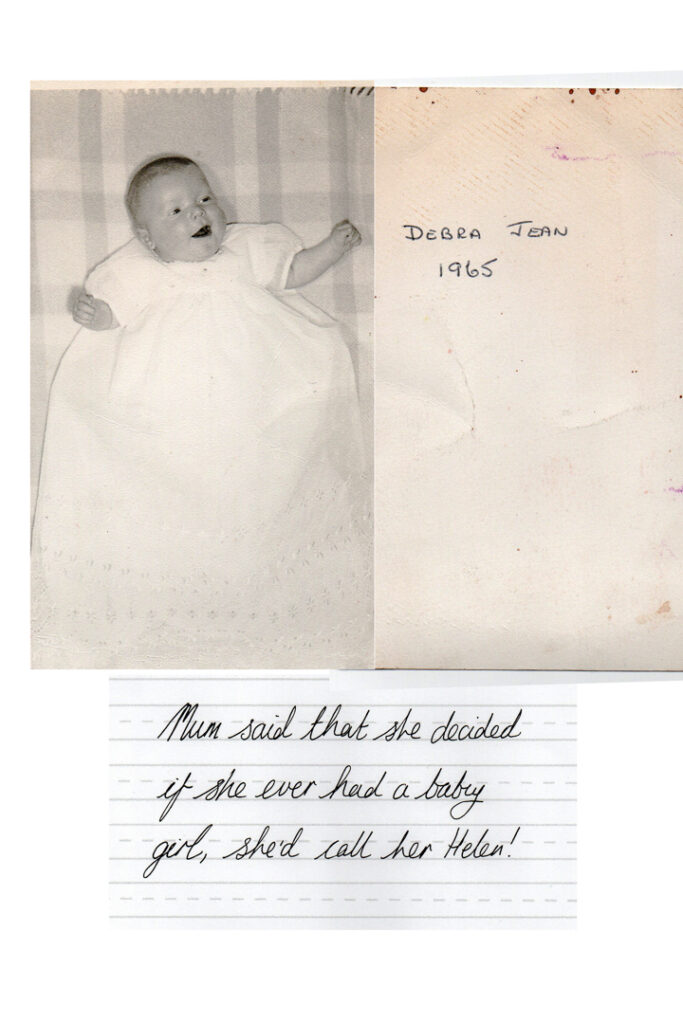
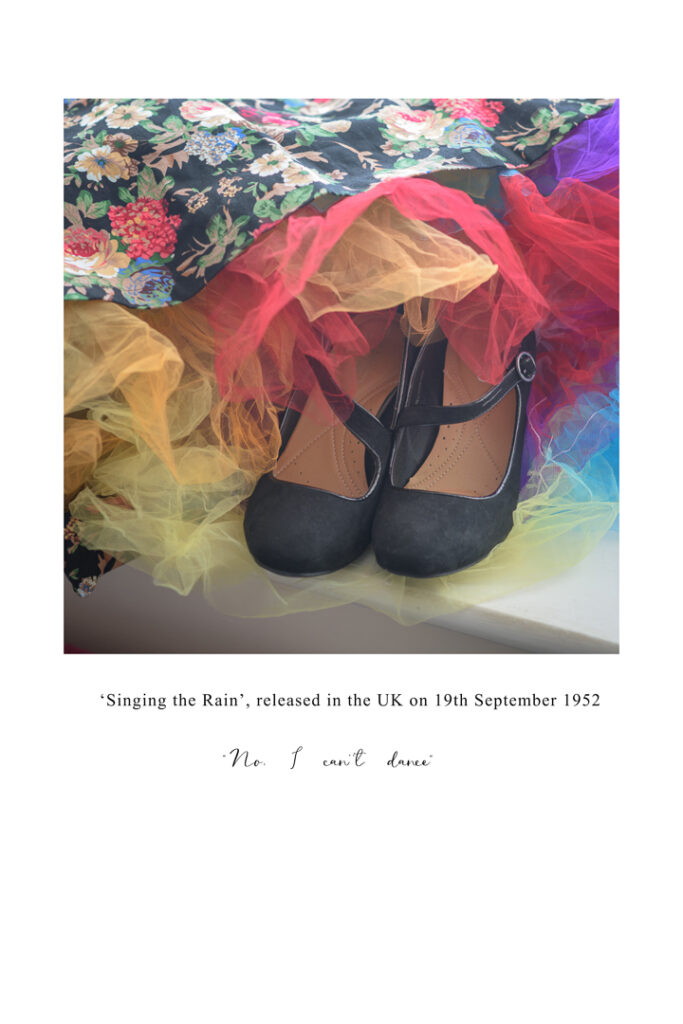
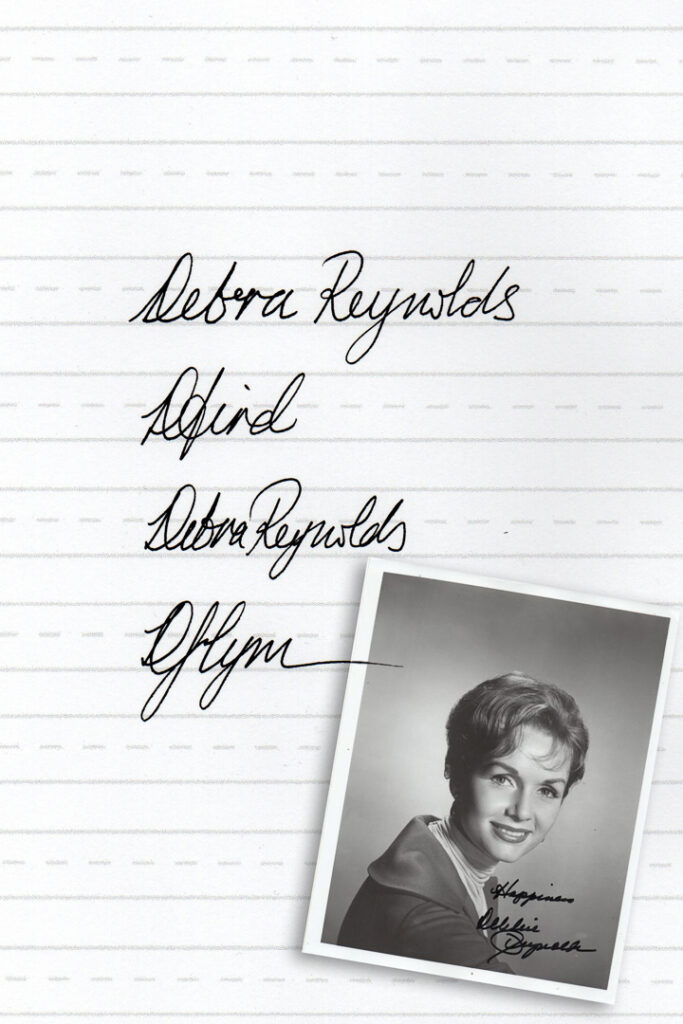
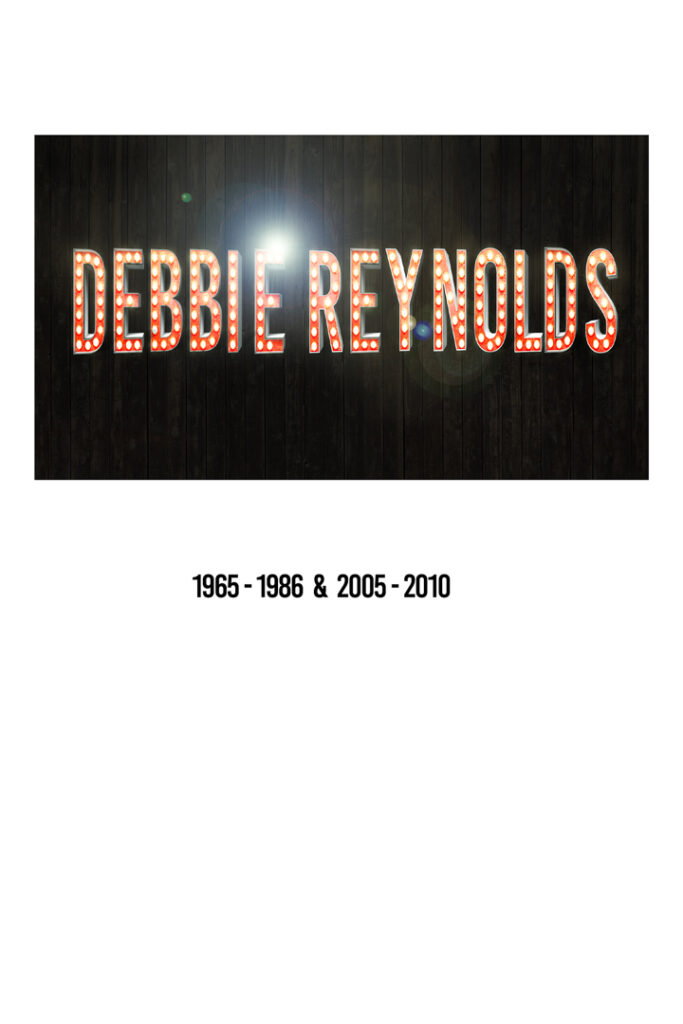
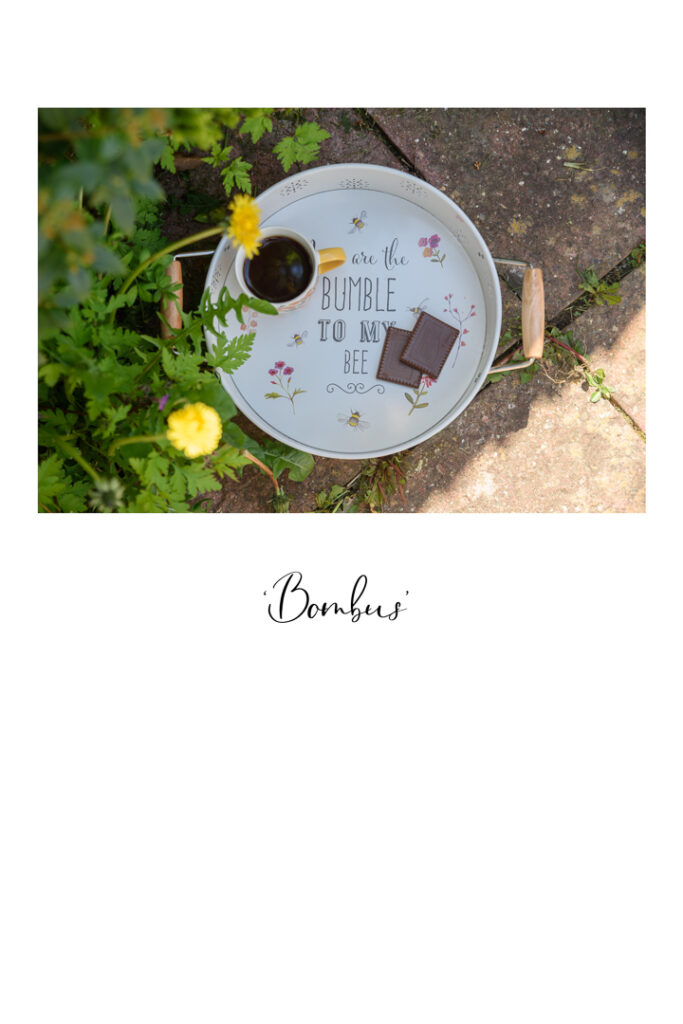
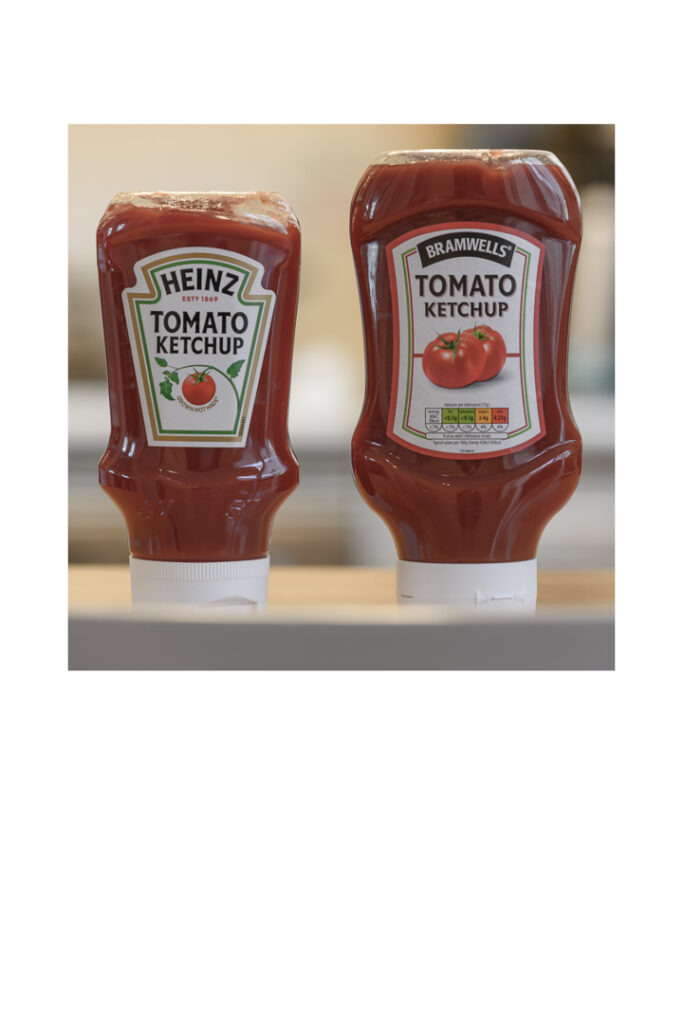
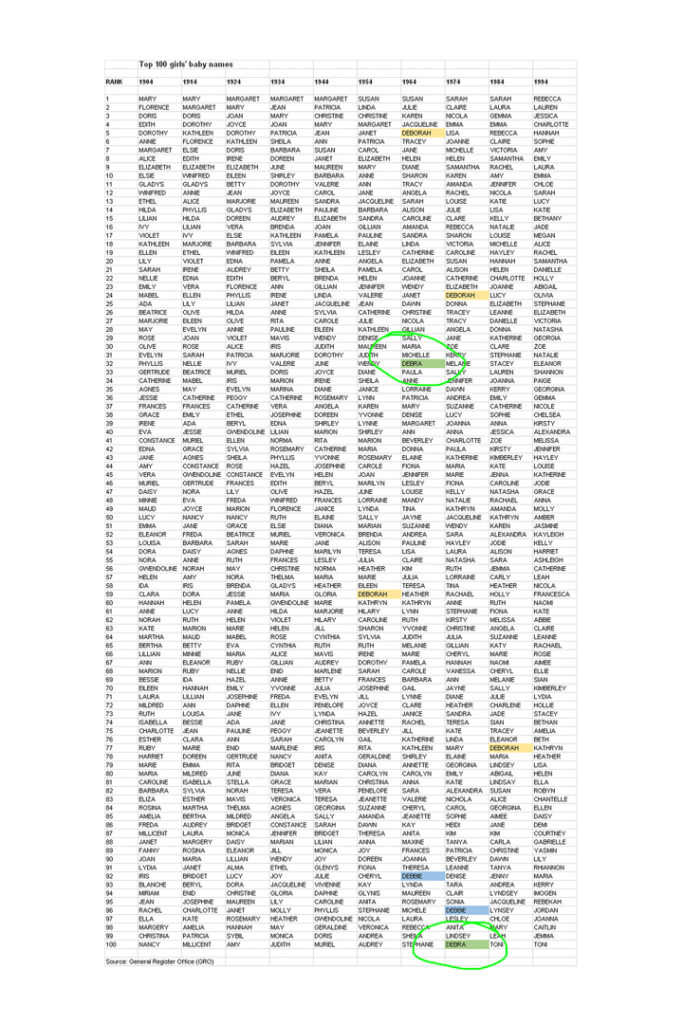

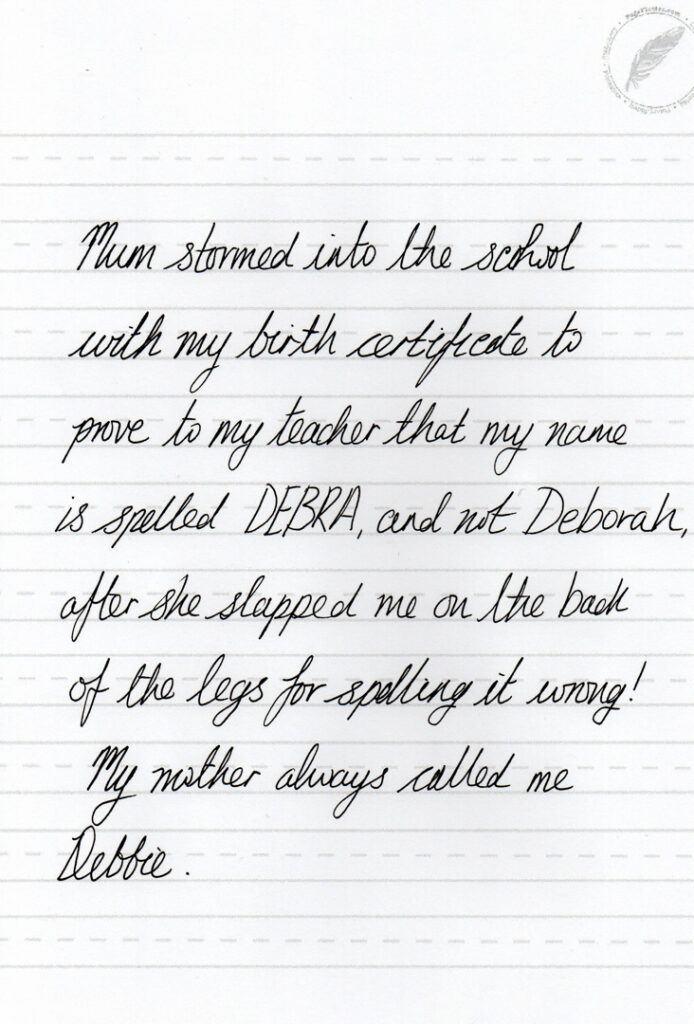
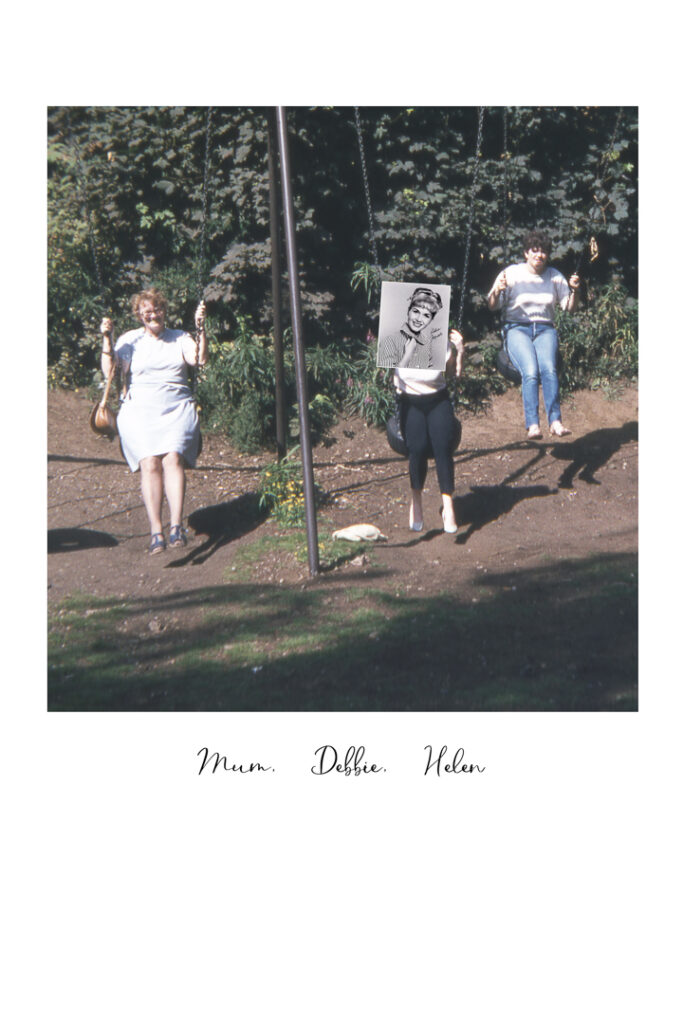

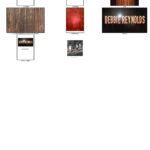

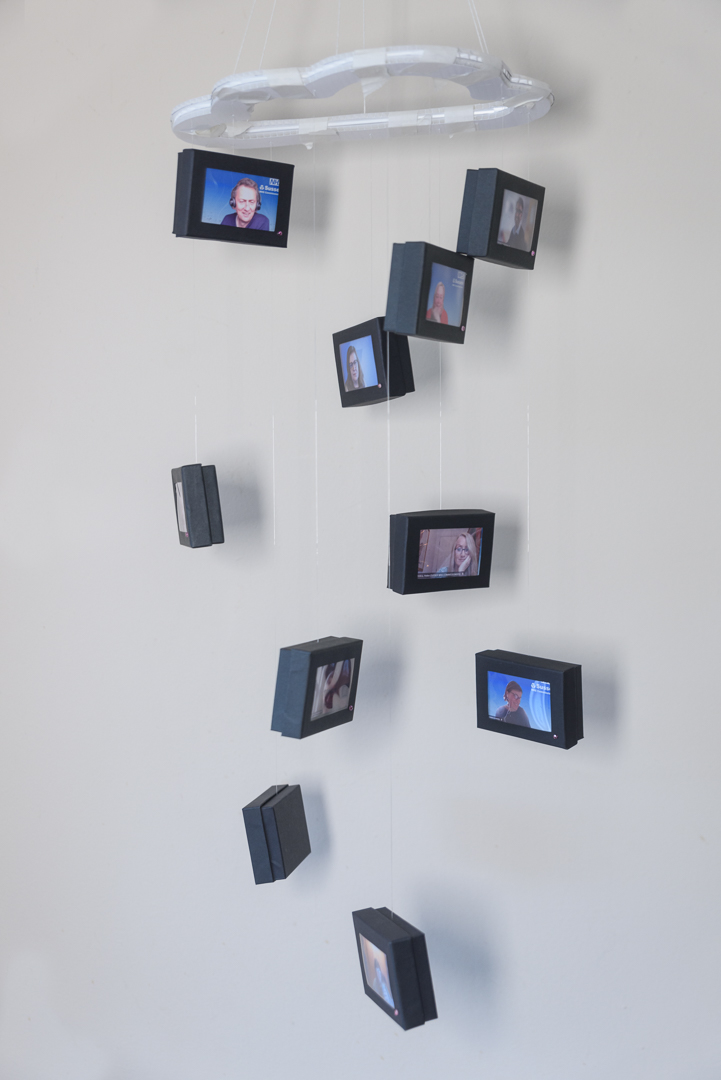
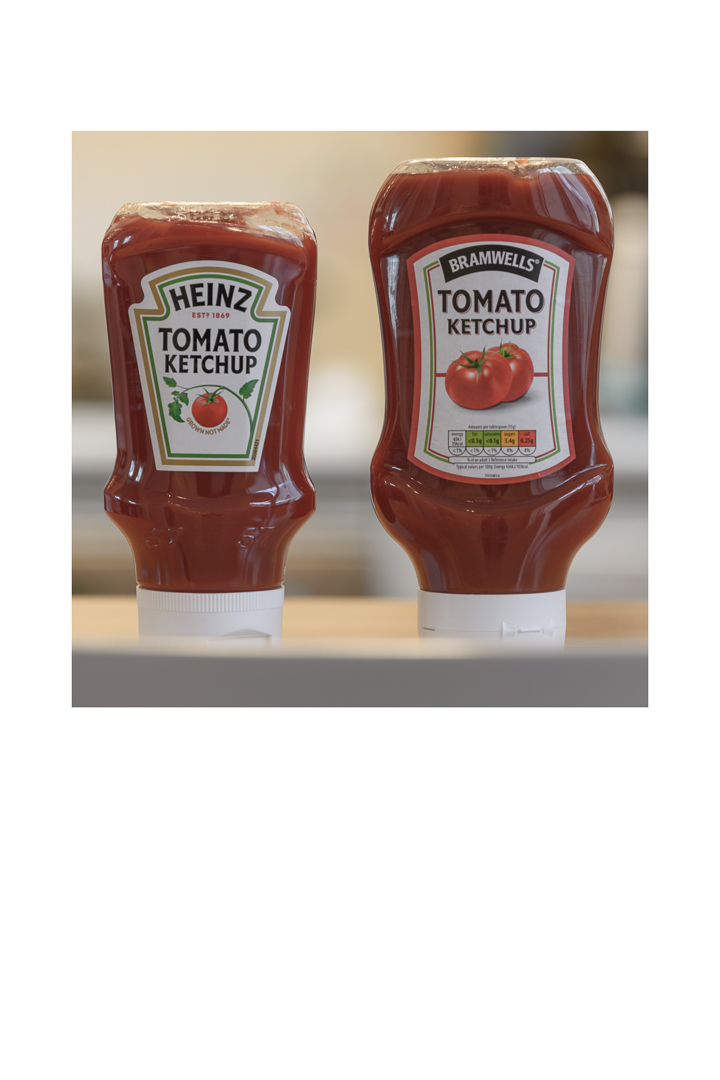
1 thought on “Assignment 4 – Image and Text”
Comments are closed.